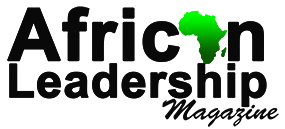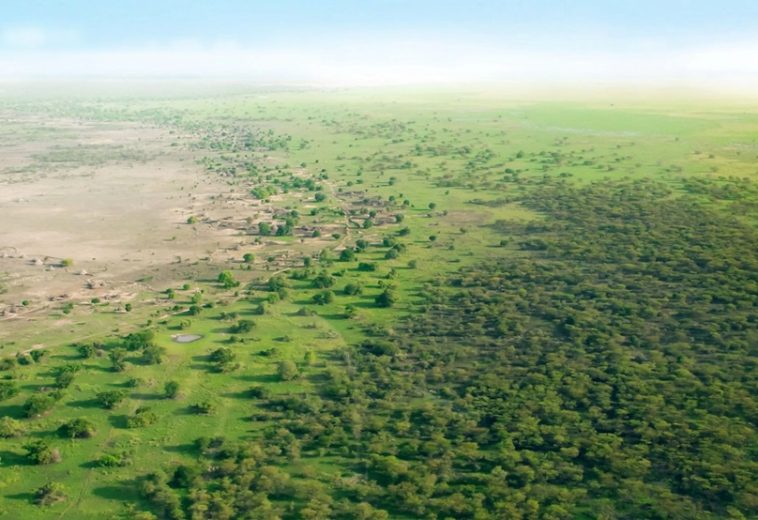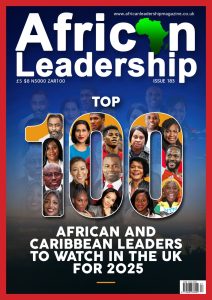The debate between indigenous medicine and Western medicine continues to shape healthcare discourse worldwide. While Western medicine has evolved through scientific research, technological advancements, and pharmaceutical developments, indigenous medicine remains deeply rooted in cultural traditions, natural remedies, and holistic healing approaches. With the World Health Organisation (WHO) estimating that about 88% of African populations rely on traditional medicine for primary healthcare needs, the question arises: Can Africa bridge the gap between these two systems and integrate them for a more effective healthcare model?
Globally, healthcare is dominated by Western medicine, which is supported by extensive research and development. The global pharmaceutical market was estimated at USD 1.65 trillion in 2024 and is expected to grow at a compound annual growth rate (CAGR) of 6.12% from 2025 to 2030. Western medicine is characterised by evidence-based treatments, standardised clinical trials, and regulatory oversight from institutions such as the U.S. Food and Drug Administration (FDA) and the European Medicines Agency (EMA). Conversely, indigenous medicine remains a significant healthcare source, particularly in Asia, Africa, and Latin America.
READ ALSO: The Future of Precision Medicine in Africa: Can Genetics Save Lives?
The WHO estimates that over 40% of global healthcare services involve some form of traditional medicine. China, for example, has successfully integrated Traditional Chinese Medicine (TCM) with Western medicine, with over 60,000 hospitals offering TCM services alongside modern treatments. India’s Ministry of Ayush, established to promote Ayurveda, Yoga, Unani, Siddha, and Homoeopathy, receives over $300 million in annual funding to integrate these practices into the national healthcare system.
The Role of Indigenous Medicine in Africa
Africa has a rich history of traditional medicine, with healers using herbal remedies, spiritual therapies, and natural healing techniques for centuries. Some of the most commonly used indigenous medicines include Artemisia annua, used in malaria treatment; Prunus africana, used for prostate health; Aspilia africana, used for wound healing; and Securidaca longipedunculata, used for pain relief and infections. Despite its widespread use, traditional medicine in Africa faces several challenges. Unlike Western medicine, most herbal treatments lack standardised dosages and clinical trials. Although some countries, such as South Africa and Ghana, have policies to integrate traditional medicine, implementation remains slow. Many Western-trained medical professionals dismiss traditional medicine due to its lack of empirical validation.
Integrating Indigenous and Western Medicine
China offers a successful model where TCM and Western medicine operate side by side. The country has over 3,000 TCM hospitals and invests heavily in research to validate traditional remedies. A key success story is the use of artemisinin, derived from Artemisia annua, which won Tu Youyou the 2015 Nobel Prize in Medicine for its contribution to malaria treatment. Ghana is one of the few African countries making significant strides in integrating traditional and Western medicine.
The Ghanaian government recognises over 100 registered herbal clinics, and the Centre for Plant Medicine Research (CPMR) collaborates with scientists to standardise herbal treatments. In 2020, Ghana launched an initiative to include herbal medicine in public hospitals, allowing patients to choose between traditional and Western treatments. In 2007, South Africa passed the Traditional Health Practitioners Act, which legally recognises traditional healers and allows them to operate under formal regulations. Despite this progress, integration remains limited due to conflicts with the pharmaceutical industry and scepticism from medical professionals.
Challenges in Bridging the Gap
Regulatory barriers present a major challenge, as Western medicine operates under strict regulations that require rigorous clinical trials, while indigenous medicine often lacks these frameworks. Funding and research gaps also persist, with traditional medicine research receiving minimal funding compared to pharmaceutical innovations. Cultural differences further complicate integration, as many indigenous healing practices incorporate spirituality, which conflicts with Western medicine’s scientific approach. Additionally, intellectual property rights remain a concern, as many African healers lack patent protections, leading to exploitation by pharmaceutical companies.
For Africa to bridge the gap between indigenous and Western medicine, increased research and clinical trials are essential. Governments should fund research into traditional remedies to validate their efficacy. More African countries need to implement policies similar to those of Ghana and South Africa, formally recognising traditional medicine. Medical schools should offer courses on traditional medicine to promote an integrated healthcare approach. Collaboration with organisations like the WHO can help standardise herbal treatments and incorporate them into formal healthcare systems. Additionally, laws must protect traditional healers from exploitation by pharmaceutical companies to ensure fair intellectual property rights.
The future of African healthcare lies in a balanced integration of indigenous and Western medicine. With adequate research, policy support, and international collaboration, Africa can create a healthcare model that leverages the strengths of both systems. By doing so, the continent can ensure accessible, affordable, and effective healthcare for its population while preserving its rich traditional healing heritage.




